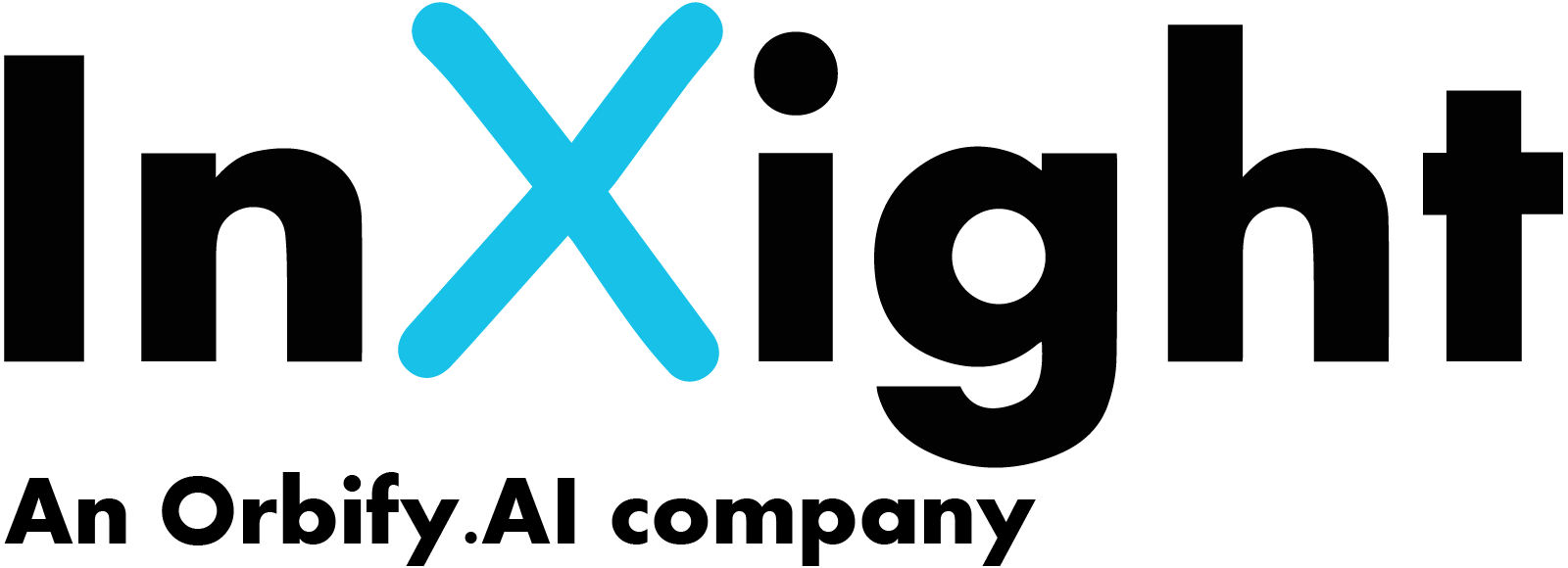
Implementing strategies is difficult and is in fact the biggest challenge managers around the world have, and the risk of not being able to implement strategies and reach the goals the company has set increases considerably if goals and strategies are not understood and accepted. It is not enough to communicate the strategies, they must be understood and aligned. This means that key parts of the organization must be involved in the strategy work. Especially in the implementation of the strategies.
Involvement to succeed in strategy implementation
Everyone understands and works directly with the company’s goals and strategies in a start-up company. But as the company grows, typically larger and larger parts of the organization become much less involved in the implementation of the strategy, often only indirectly. This is natural, but if you are not good at aligning, communicating, involving employees in – and ensuring understanding of the strategies in the organization, this becomes a problem. According to PwC, which has carried out an analysis of how to succeed with strategy implementation, companies with great implementation power are better at involving the organization in such processes.
Involvement in strategy processes also means a lot for motivation and satisfaction among employees.
Strategies basically involve changes (a strategy process is a process of change), and many are by nature skeptical of changes that affect themselves. This skepticism becomes greater if they feel that the change – the strategy work – is being implemented “far away”.
One of the most effective ways to deal with this friction is to make employees part of the realization of the strategy. In other words, to provide ownership through insight and the opportunity for influence. And this way you also close the known gap between those who create the strategies and those who execute them.
A solution that can involve and inform
Strategy Orchestrator (SO) both involves and informs employees about goals, strategies, measures and results of these. In SO, responsibility and follow-up of strategies and measures are simply and clearly defined – and automated. Status, progression and results are visualized. The system measures achievement and progression through, among other things, KPIs, which in turn are used for learning for future improvement and streamlining of the processes. And learning from the processes is much more difficult if you do not use a software tool.
The system is transparent and inspires all employees to be more involved in strategy processes by e.g. to encourage commentary. This helps with internal communication, a sense of belonging and motivation in that employees can have their say.
Which in turn strengthens the ability to execute.
Del på sosiale medier
